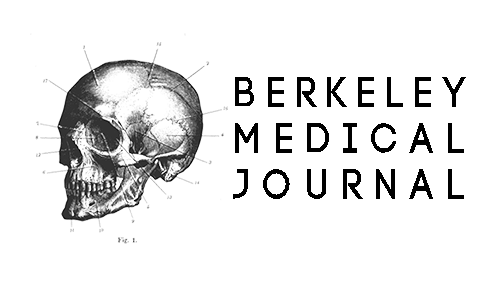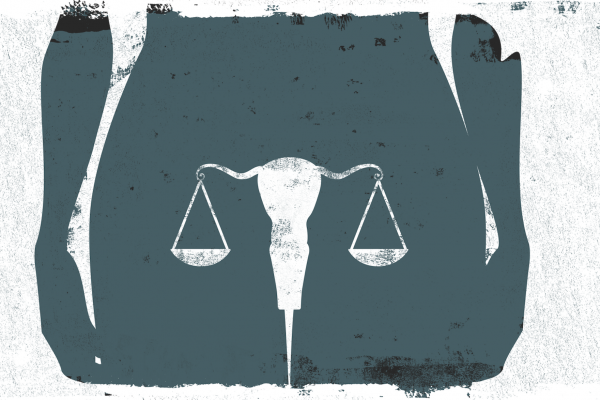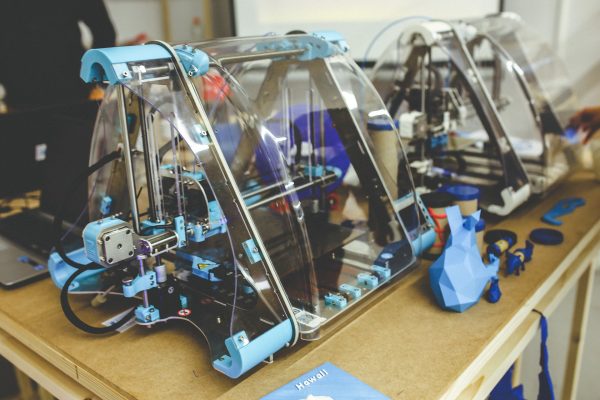by: Ankita Singh
The brain is a computer with hardware, which comes in the form of cells communicating through electrical signals, and software, which includes the complex thoughts and actions arising from these electrical signals. Like a computer, the brain stores all the information that is required for the proper functioning of an organism. Thus, understanding the brain and how it stores and processes information may be at the heart of understanding many neurological disorders. One particular area of interest has been researching the storage of spatial memory and navigation.
It turns out that the brain is capable of forming mental maps that are stored as unique electrical signals between cells in the hippocampus, a structure in the brain’s temporal lobe that plays a central role in memory. The cells primarily responsible for spatial memory and orientation are grid cells, place cells and head direction cells. These three cell types each play a special role in helping the brain process stimuli and navigate appropriate responses. The grid cells form a grid or graph of the surrounding environment. Each grid cell has its own firing pattern across the environment, and each cell’s firing pattern is slightly shifted relative to other cells. Place cells allow you to know when you are in a particular location, as each cell has a unique firing pattern and will only be active at certain locations. The firing of head direction cells allow for the interpretation of orientation. The different orientations of the head correspond to different firing rates of the head direction cells. These cell types work together to create a map of the environment – the grid cells form the graph paper, while the place cells indicate meaningful locations or coordinates on the graph. As you move around, the electrical activity passes from one cell to another, allowing you to know where you are in the environment based on your movements. Understanding how these cells work together to create a virtual grid across an environment may be key to researching and treating diseases related to spatial recognition, such as Alzheimer’s and epilepsy.
Currently there is much research being done in understanding spatial awareness. Some of the most sophisticated experiments utilize optogenetics and advanced nanotechnology to investigate how the neurons are connected and how the information is processed. Mayank Mehta’s lab at UCLA utilizes a virtual reality modem to study how visual cues influence the formation of the mental map and activity in the hippocampus.
In these experiments, a rat is placed on a free moving ball. The rat’s legs are free to move, but its head is fixed above the ball and the neural activity can be measured and correlated with the movement of its leg. The rat is placed in front of a screen that shows different places, objects, and rooms. These experiments enable scientists to understand how the macroscopic behavior relates to the place, grid and head cells. As the rat moves and recognizes different visual cues, one can see the individual cells lighting up. The firing of different cells is monitored using nanotechnology. The rats have been surgically implanted with tetrodes that allow for the measurement and recording of electrical signals from the cells.
Through these virtual reality experiments, Mehta’s lab has uncovered more about the stimuli that influence the creation of neuronal maps that go beyond visual cues, such as sense of smell and sound. Mehta’s lab has shown that other sensory cues are equally as important as visual cues in forming spatial maps. His lab found this by comparing neuronal activity of rats exposed to many sensory cues- such as visual, sound, and smell- to the neuronal activity of rats exposed only to visual ones. They found that more than half the neurons were inactive in rats that had only visual cues.
Mehta’s research provides more insight into how sensory cues come together and compete to create the intricate network of neuronal activity, which leads to the making and retaining of memories. Discovering the factors that lead to changes in the neuronal activity in place cells and grid cells is the first step in revealing the underlying mechanisms that allow for spatial memory, which will aid in our understanding of diseases such as Alzheimer’s.
Spatial recognition and memory is still an active area of research. Researchers continue to uncover the underlying processes that allow grid cells, place cells, and head direction cells to interact to form intricate maps of the environment. From remembering which seat you sit in during lecture to reaching your destination without consciously thinking about which streets you need to cross, this research expands upon the intricate ways in which your brain knows where you are.





